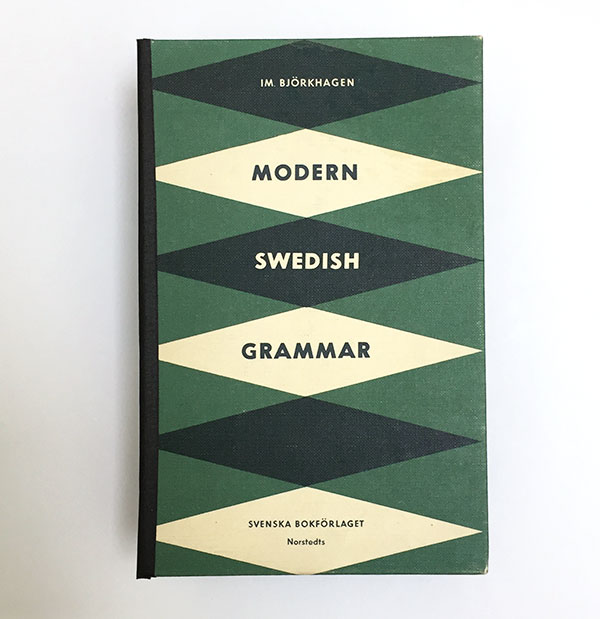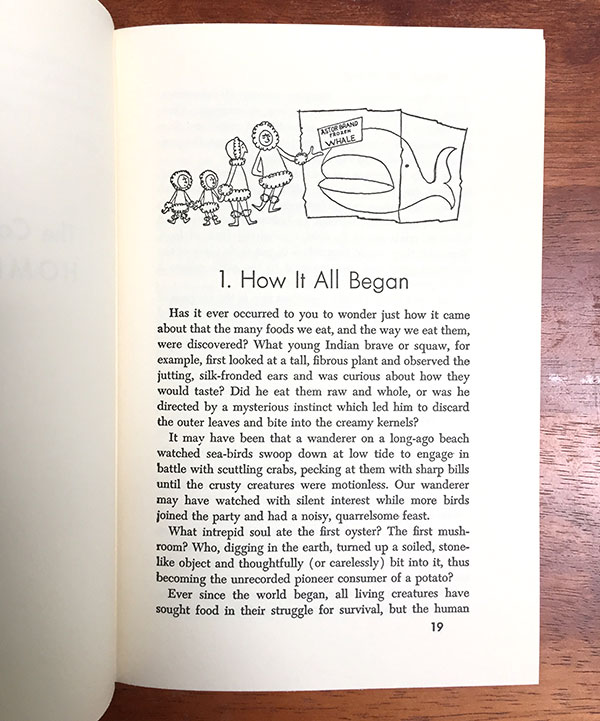Thursday, March 28, 2019
Vintage Book Box
I created boxes from vintage books. I removed the cover from the pages and then cut the spine away. Because the cut edge for the front and back cover pieces looked ragged, I used some black masking tape to cover it up.
I used black foam mat for the box sides. I cut the four sides to the sizes I wanted, and used bookbinding glue to glue sides to the cover and glue the corners together. Once it dried, I used black masking tape to cover the corner edges.
To keep things simple, the box lid is a piece that is placed on top of the box. I cut a piece of black foam board and glued it to the back side of the front book cover piece so the lid wouldn’t slide off the top. The box isn’t the sturdiest of boxes, but it turned out pretty cute. I used the book boxes as packaging for gifts.
This is the second book box I made.
Thursday, March 7, 2019
Thrifted for $2.06
I got four vintage youth books for 39 cents each. I just love the illustration on the cover of The Mystery of the Singing Serpent—it’s awesome.
The other three books are Hardy Boys books. I did read the Hardy Boys when I was a kid—just not the original version from the 1950s. I liked the illustrations on these covers too.
I also got this fantastic Microwave and Infra-red Ovens Design Data Manual binder for 50 cents. It a very sturdy binder and the overall look feels very 1970s to me. I just love that Litton logo—simple and geometric.
Thursday, February 28, 2019
Freak Show Book
I got this Freak Show: Sideshow Banner Art by Carl Hammer and Gideon Bosker for $2. I thought the art in it was really interesting. It has a mix of newer and older art in it.
Thursday, February 21, 2019
The Complete Book of Home Freezing
I got The Complete Book of Home Freezing by Hazel Meyer. I just liked the line illustrations in it—so fun.
Thursday, February 14, 2019
Cross Stitched Pendants
This past Christmas, I made cross stitch pendants as gifts. I thought they could be used for necklaces, keychains or Christmas ornaments. I designed two patterns and used each pattern twice, using different color schemes.
Since the pendant was one inch in diameter, I wanted to have a finer stitch so there could be more detail in the design. I decided to use aida cloth that had about 26 stitches per inch (rather than the 14 stiches per inch that I’ve used in the past). The result: it took a lot longer to finish than I anticipated. But overall, it turned out fairly well.
I placed the chipboard circle in the middle of the cross stitch piece and added book binding glue to the back of the chipboard circle and pressed the cloth edges around it. I applied glue to the pendant. Then I pressed the circle piece onto the pendant to adhere it to the glue. I tried my best to make sure the design was centered. It took some doing to get all the edges down within the pendent circle area; fingernails and tweezers helped to get the edges smoother.
I found cross stitching the designs to be fun and relaxing, but gluing the finished design was a bit stressful because if you mess up, you have to start all over (which happened).
Thursday, February 7, 2019
Things I Didn’t Buy 86
I loved this birdhouse.
I thought this Freedom Land guide was interesting.
I liked this old ginger tin.
This Paranite friction tape container is awesome.
And I liked this Ranger stamp pad design.
Thursday, January 31, 2019
Things I Didn’t Buy 85
I think I would have loved this doll as a child—she’s so cute and fancy.
I love the graphic nature of the design of this Comet sled.
These vintage lunchboxes are nice—I like that the I Dream of Jeannie lunchbox is set up like a television.
I thought this toy bicycle was cute.
And this Fisher Price cash register is fun.
Thursday, January 24, 2019
Things I Didn’t Buy 84
I'm pretty sure that when I was a kid, we had a set of these boxed games that look like books. When I saw them at a thrift store I just had to take some pictures of them.
Thursday, January 17, 2019
Thursday, January 10, 2019
Managing Livingtime
I got this Managing Livingtime book from a thrift store for $2. First of all, the word “Livingtime” immediately makes me wonder, is there a “Dyingtime”? I get what they’re trying to get across, but it’s awkward sounding.
So this is a home economics book from 1966. Here are a couple of examples that make me smirk because the captions.
Heaven forbid she be a doctor, lawyer, scientist or basketball coach. The “Can you see additional talents she may have?” question makes me raise an eyebrow. Stacking fruit on the ground? Standing?
First, I’m not going to lie—I think the dress this woman is wearing is adorable. However, the caption makes me sigh in disappointment. Really? “Popularity among friends will be increased if you choose your wardrobe wisely.” Those are some “friends” you have that judge you so shallowly—it sounds like you should be choosing your friends more wisely instead. I’m not saying that appearance isn’t important, because it is in that people will inevitably judge you; I’m not saying it’s fair, but it is true. But I would hope that your friends would be friends because they liked you as a person not because of your outfit.
Food is important since we all have to eat. Here are some food related charts.
I thought the “Food Pie” was interesting—all the slices are equal.
Here’s what they thought people should be eating on a weekly basis.
Money. We all want it. And we all use it. Here’s a consumer debt chart.
I thought who decides about how money is used was very interesting.
The book has a lot about budgeting and spending. Here’s an example of Susan’s expenditures.
And the number of clothing pieces thought needed for a summer and winter wardrobe.
Here’s an example of how much a wedding costs.
The book also explains about cleaning—I just love the design of all of these cleaning supplies.
And how to iron a blouse.
And how to make a bed.
The name “home economics” sounds rather archaic to me, and brings to mind a housewife in the 1950s wearing a dress and vacuuming in high heels. Home economics needs a rebranding, but I think a lot of the basic knowledge is important to know (and of course should be information that all people learn, not just women).
I found this book fascinating because I was never required to take this class in school, or even classes like personal finance (which would have been way more useful than say the pottery class I took instead). I realize that the education requirements in the U.S. are different according to which state you live in, but looking over this book, there’s some useful information that I think everyone needs to be taught.
I think life skills should be taught in school, and at the very least how to deal with money in personal finance, budgeting, taxes and investing. How to cook and clean is essential in everyday life as well. Higher-level life skills that would be nice to know (but not quite as essential) would be how to maintain a car, or fix things around the house (whether plumbing, electrical or woodworking), and how to mend a garment. And as a personal suggestion from the 21st century, make sure people know how to write an email properly—you know, with a subject that means something (like not calling it “file” or “here”) and being able to create complete coherent sentences that don’t make you have to “play” 20 questions.
Basically, I think it’s important for people to learn these everyday useful (home economic) skills. Quickly forgotten are most classes and facts taught in school. (How do I find the cosine of an angle? Hell if I know—I haven’t done that since high school. I guess that’s what Google is for.) But it makes people’s lives better if they understand and can perform these home economic tasks that might not help you get into college, but will help you on a daily basis for the rest of your life.
Subscribe to:
Posts (Atom)





























































